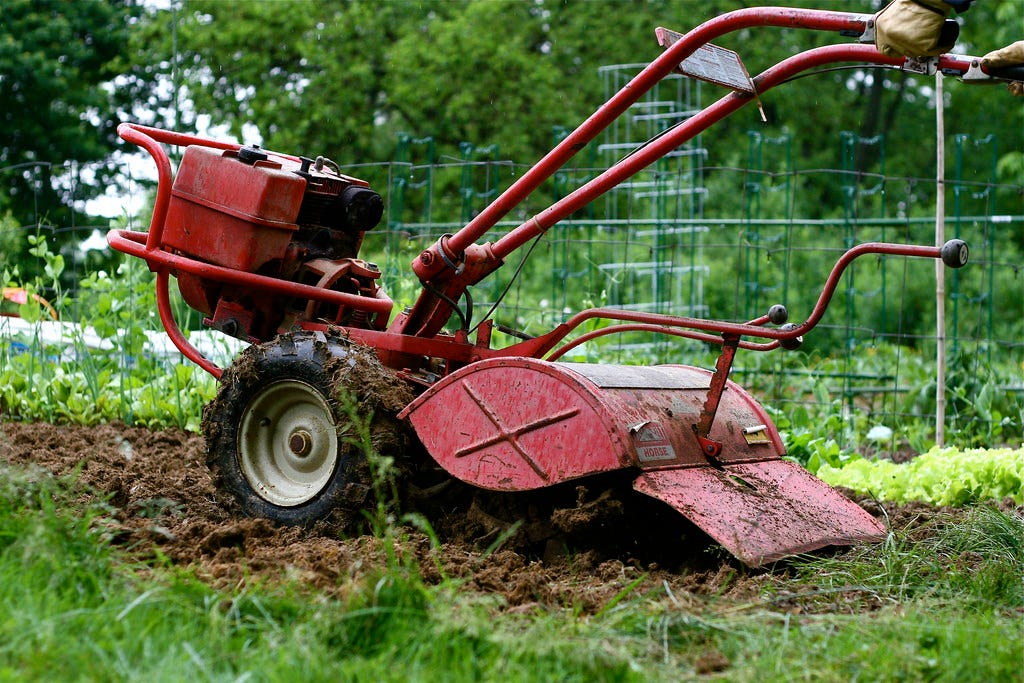MAY 7, 2024 – (Cont.) Caines also owned two Labradors—a black and a yellow. Back in those days dogs enjoyed far more freedom than is the case today. Stormy, the black Lab, wandered freely, at least in our immediate section of the neighborhood. He never took a bite out of my lip, but his size and coloring made him look quite formidable. I was extremely wary of him until one day my fear was outweighed by my strong disapproval.
In reality Stormy was harmless, but to a young kid, a big, black, frisky dog with that name appears to be anything but harmless. Lunchtime on a fine summer day when I was five found me playing out in the driveway when we still lived in the old house right across from Caines. Not wanting to interrupt my contentment, Mother fixed a peanut butter and jelly sandwich, cut it in half, put it on a plate and placed it, along with a glass of milk, just outside the back door. I helped myself to one half of the sandwich and nibbled at it while I walked around on the driveway trying not to step on a crack. Somehow, Stormy appeared without my having noticed his approach. I turned, and to my horror, the dog was between me and the safety of the back door. I froze. No one could save me. Not Mother, not Dad, not my older sisters. No one. I was about to die.
However, Stormy didn’t attack me. He wasn’t even interested in me. Instead, he went for my sandwich, shoving his big, wet snout into the Wonderbread. Then he did the really despicable. He went for the milk. He dropped his heavy, red tongue into the glass and started lapping it up, then dumped the glass over, spilling the rest of the milk down over the steps. My abject fear turned to outright contempt. Stormy, the unruly agent of terror had crossed the line.
“Git!” I yelled, imitating Dad. Stormy looked at me and dashed off.
. . . Back to the Caines. One of the salient features of their set-up was their attached double-car garage. It faced the end of their long dirt driveway leading straight back from the street, and the large wooden garage door enhanced the overall look of the house—when the door was closed. When the door was open, which was much of the time, you never ever saw a vehicle parked inside. What you saw was a jumble of junk stacked and crammed front to back from floor to ceiling. From my very youngest years I wondered why the stuff at the open end of the garage didn’t tumble out when the door was raised.
Just before we moved next door, Bill, the dad, constructed a large wooden shed off to the side. Soon that was filled to the gills, yet no observable dent was made in the clearing of junk on the grounds around the house.
Emblematic of the overall problem was Bill’s emergent but never concluded cultivation effort. One fine spring day he’d decided to farm a large garden area toward the street end of their spacious lot. From somewhere near where the dogs romped off to the side of the house came a farm-gauged, gas-powered, manually guided tiller. I watched as the shirtless man with his basketball belly pushed the machine to the place he’d chosen for growing crops. For the next half hour or so, he man-handled the tiller as if it were an untamed bull straining to break free of its wrangler. When man and machine reached the lone dead burr oak 20 feet from the curb, the beating sun required at least a short break in the action. The short break, however, turned into a longer one, and understandably so, given the rising heat and humidity.
But the whole day passed without a resumption of effort; and another day went by, and another until a week had passed; then a month, several more, and a whole year and more on top of that, until the tiller had transformed itself from a permanent fixture to an invisible one, at least to all of us who’d grown so used to it we no longer noticed it.
This transformative effect didn’t apply to the tree however. Oak is so dense it takes forever to rot, and that once beautiful specimen with its full crown atop a straight thick trunk stood with every dead twig intact, it seemed, for a decade or more to come—after its last leaf had become part of the (partially tilled) earth. Surely the issue wasn’t the lack of a chainsaw. Bill was such a hoarder of tools, equipment, machinery, and spare parts that few things could be found and retrieved. I suspect that several chainsaws were permanently buried far inside the shed . . . or garage. (Cont.)
Subscribe to this blog and receive notifications of new posts by email.
© 2024 by Eric Nilsson
